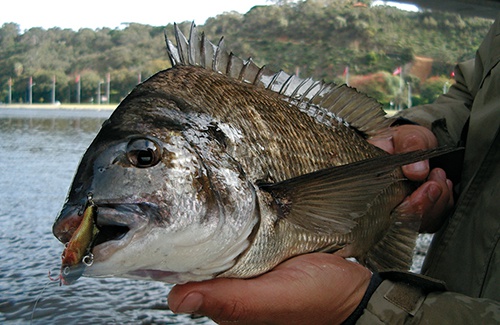Australia’s estuaries — where rivers meet the sea — are some of the most productive and accessible fishing spots in the country. From chasing bream near oyster racks to flicking soft plastics for flathead on a sand flat, a good estuary spinning rod is essential.
In this 2025 guide, we’ll walk you through what to look for in an estuary rod, which features really matter, and which affordable models are best suited for Australian waters.
🧠 What Makes a Great Estuary Spinning Rod?
Estuary fishing is all about versatility. You might be casting lures in tight structure one minute and fan-casting a flat the next. The right rod needs to balance:
-
Accuracy (for tight cover)
-
Sensitivity (for detecting subtle bites)
-
Distance (for reaching open areas)
-
Strength (for pulling fish from snags)
🔍 Key Features to Look For
✅ Rod Length: 6’6” to 7’2”
This range gives the best balance between casting distance and control — perfect for land-based or boat fishing in estuaries.
✅ Power & Action: Medium-Light to Medium / Fast
-
Medium-light rods are ideal for bream and whiting
-
Medium rods suit soft plastic flathead work
-
Fast action improves casting accuracy and hook sets
✅ Build Material:
Graphite or carbon-composite rods are best — light in hand and sensitive to bites, especially when fishing soft plastics or small hardbodies.
🎯 Top Rod Picks for Estuary Fishing in 2025
🎣
Favorite X1 702ML
-
Length: 2.13m
-
Power: Medium-Light
-
Action: Extra Fast
-
Casting Range: 5–21g
-
Best For: All-round estuary fishing — flathead, bream, tailor
-
Why it stands out: Lightweight blank, crisp tip, and excellent lure control in current or structure.
🎣
Favorite U1 662ML
-
Length: 1.98m
-
Power: Medium-Light
-
Action: Moderate-Fast
-
Casting Range: 4–18g
-
Best For: Close-quarter bream fishing, kayak use
-
Why it stands out: Super easy to handle, forgiving for beginners, and perfect for small hardbaits or worms.
🐟 Species You’ll Catch in Aussie Estuaries
-
Bream – around pontoons, rocks, oyster racks
-
Flathead – on sandy drop-offs and weed beds
-
Whiting – on shallow flats with beachworms
-
Tailor – in deeper channels or structure
-
Trevally / Estuary perch – in rivers and creeks
🎒 Pro Tips for Estuary Fishing Success
-
Use braided line (6–10lb) with fluorocarbon leader (6–12lb)
-
Soft plastics and small hardbodies are top choices for estuary work
-
Use the lightest jighead possible for natural movement
-
Adjust your rod/reel combo for casting flick baits, vibes, or topwaters
❓ FAQ – Estuary Spinning Rods in Australia
Q: What’s the best rod length for estuary fishing?
A: 6’6” to 7’2” is ideal. It gives casting distance while still being accurate and manageable.
Q: Can I use one rod for bream and flathead?
A: Yes! A medium-light rod like the Favorite X1 702ML is ideal for both.
Q: Are shorter rods better for kayak estuary fishing?
A: Absolutely. The U1 662ML is perfect for kayak or tight spaces with overhanging structure.
🔗 Related Reading
Estuary fishing is accessible, exciting, and incredibly rewarding — but the wrong gear can ruin the experience. With a spinning rod that’s light, sensitive, and designed for local conditions, you’ll enjoy more bites, better hook-ups, and a smoother fishing day.
Ready to fish smarter in Australia’s estuaries?
